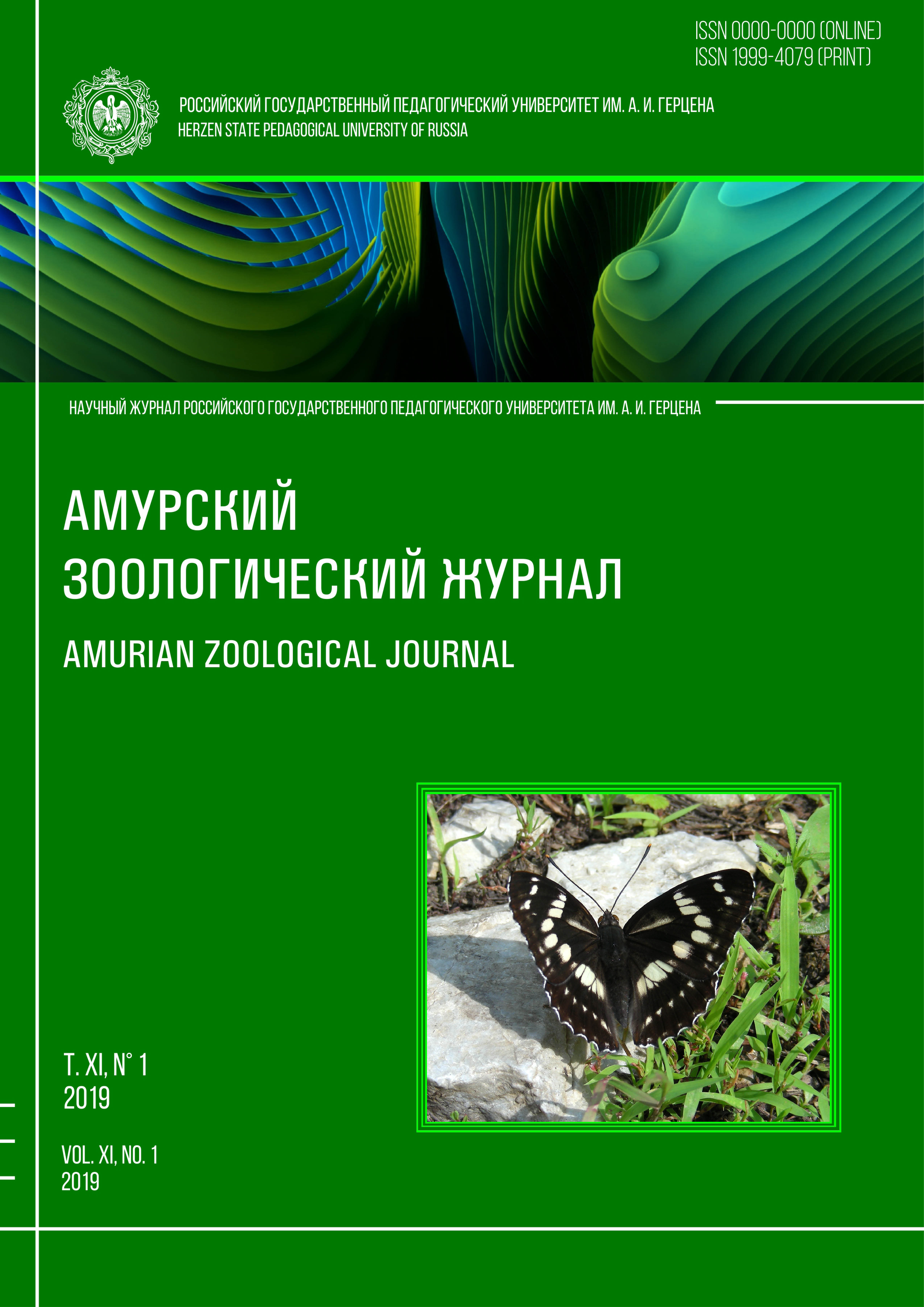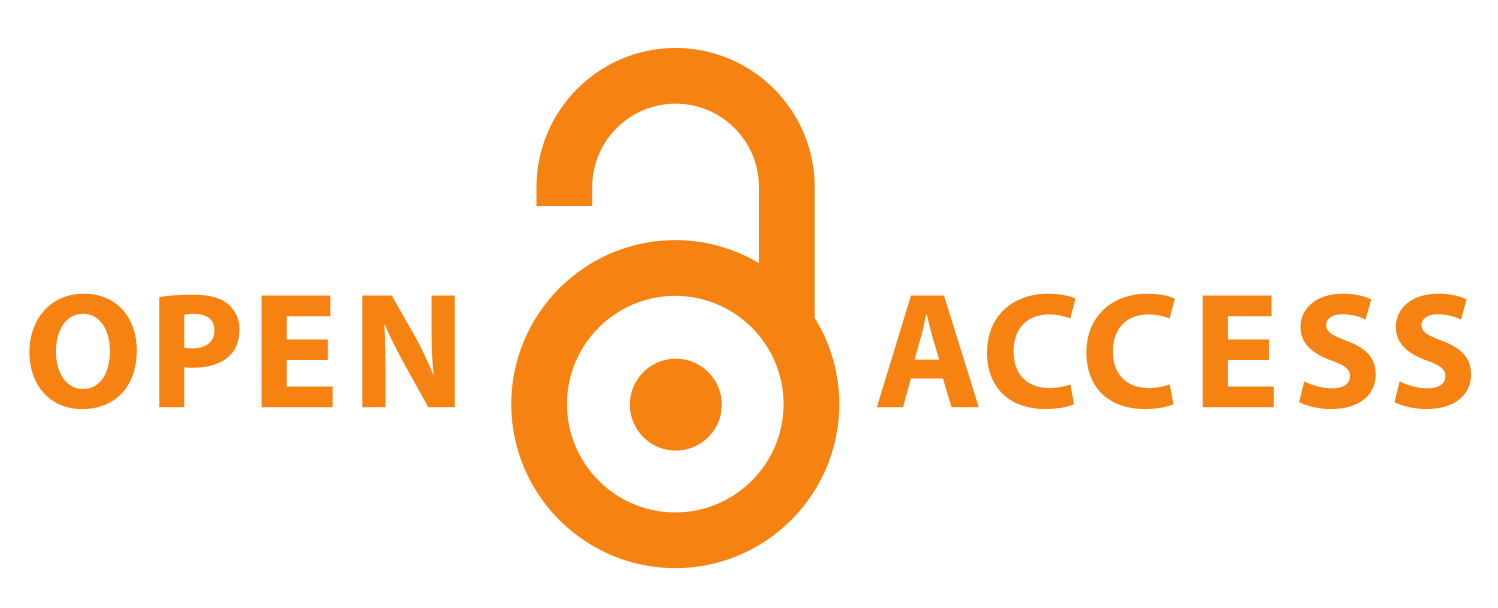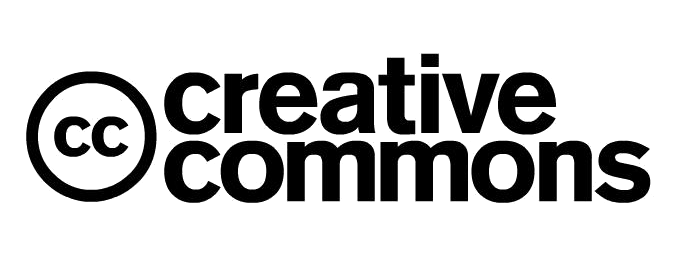First attempt to check the animal diversity in the Republic of Bashkortostan
DOI:
https://doi.org/10.33910/1999-4079-2019-11-1-4-10Keywords:
catalogue of animals, Bashkortostan, biodiversity, faunal list, species listAbstract
“The Catalogue of Animals of Bashkortostan” was initially published in 2015. It was the first attempt to create a complete list of all the animal species found on the territory of the republic (South Urals, Russia) — that is over 8000 species. This paper discusses several key points of this project’s creation. The authors emphasise the significance of publishing the regional faunal list as it reflects the current achievements and shortcomings of regional faunistic research. Such catalogues provide essential information for national inventories and allow researchers to trace species abundance and occurrence. In addition, they are helpful for conservation and rational environmental management and may also be applied in epidemiology and agriculture. The sources for the catalogue included both published and previously unpublished data, museum collections and depositories, and open-access data bases. The catalogue is organised following the classification of the Fauna Europa site (www.faunaeur.org) and covers sinanthropic and acclimatised species, but not occasionally encountered exotic ones. Revisions are carried out annually in order to update the content of the catalogue.
Downloads
Published
Issue
Section
License
The work is provided under the terms of the Public Offer and of Creative Commons public license Creative Commons Attribution 4.0 International (CC BY 4.0).
This license permits an unlimited number of users to copy and redistribute the material in any medium or format, and to remix, transform, and build upon the material for any purpose, including commercial use.
This license retains copyright for the authors but allows others to freely distribute, use, and adapt the work, on the mandatory condition that appropriate credit is given. Users must provide a correct link to the original publication in our journal, cite the authors' names, and indicate if any changes were made.
Copyright remains with the authors. The CC BY 4.0 license does not transfer rights to third parties but rather grants users prior permission for use, provided the attribution condition is met. Any use of the work will be governed by the terms of this license.







